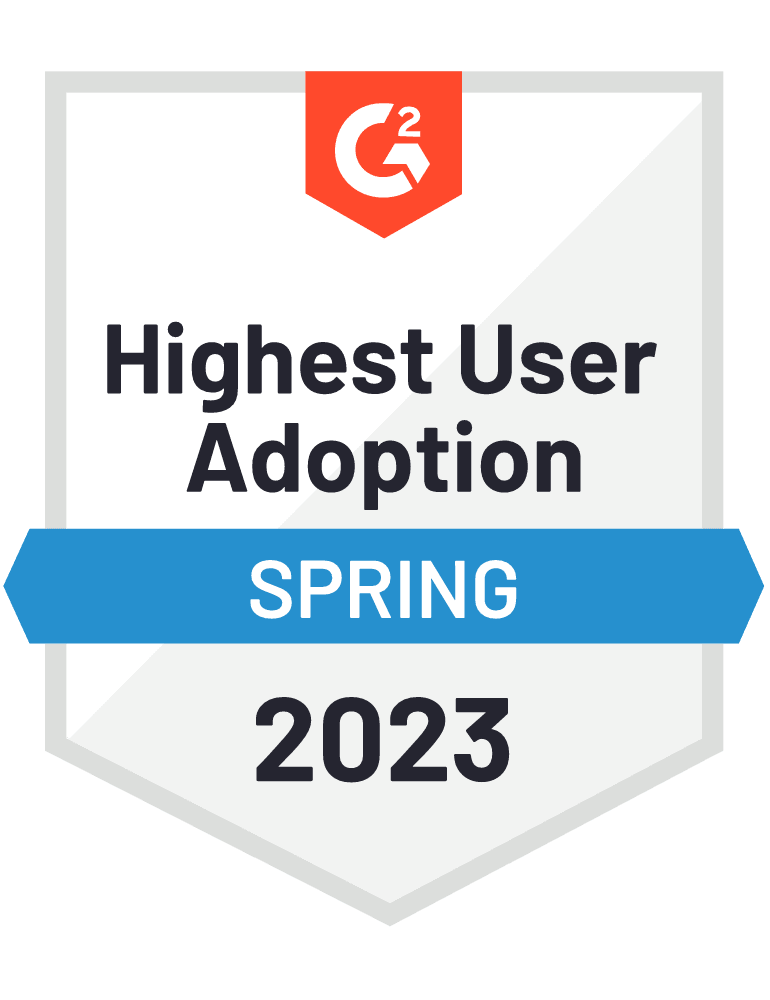Note: As we go to publication, Form W-4 for 2023 has still not been released by the IRS. Employers should continue to accept 2022 forms from their onboarding and current employees.
Similarly, the final federal withholding tables (Publication 15-T) for 2023 have still not been released by the IRS.
As 2022 draws to a close, join us for the year-end edition of Viventium Pay Matters with an analysis of changes we will see for year-end 2022 and what’s in store for 2023.
Viventium’s Year-End Portal Is Live for Viventium clients!
We are excited to announce that our 2022 Year-End Portal is now live! Since it’s hosted on the Viventium Support Center, simply log into Viventium Software, select “Help” in the upper right-hand corner of the screen, and click on the Year-End Portal icon.
Please review the information in this portal carefully, as it will assist you in navigating your year-end process as well as in processing accurate and compliant payrolls in 2023.
Repayment of Employer Social Security Deferral
The repayment of the second half of the 2020 deferred employer Social Security tax under the CARES Act is due by January 3, 2023. The IRS has stated that if any portion of the deferral is paid late, penalties will be assessed. IRS instructions for depositing the deferred tax can be found here. Viventium will not deposit the tax on your behalf.
Employers to Continue to Use Current Form I-9
The U.S. Citizenship and Immigration Services announced that employers should continue to use the current version of Form I-9 after it expires on October 31, 2022.
The U.S. Department of Homeland Security will announce when a new version of the form becomes available.
Social Security Wage Base to Rise in 2023
The Social Security Administration (SSA) announced that the 2023 Social Security wage base will rise to $160,200, a $13,200 increase from the $147,000 wage base in 2022. The Social Security tax rate will remain at 6.2%. The maximum Social Security tax employees and employers will each pay in 2023 is $9,932.40, up from $9,114.00 in 2022.
There is no limit to wages subject to Medicare tax. Both the employee and the employer Medicare tax rate for 2023 will remain at 1.45%. Employers are required to withhold an additional 0.9% in Medicare taxes on wages earned by employees in excess of $200,000 in a calendar year. Employers are not required to match this 2.35% employee rate but will continue to pay 1.45% in Medicare taxes on all subject wages earned by employees.
For a copy of the SSA Fact Sheet, click here.
2023 Pension and Benefit Contribution Limits
The 2023 limits on the exclusion for elective deferrals for 401(k), 403(b), and most 457 plans will increase to $22,500, up from $20,500. The catch-up contribution for employees ages 50 and older will increase to $7,500, up from $6,500.
The 2023 monthly limit for the qualified transportation fringe benefits and for qualified parking will increase to $300, up from $280. The 2023 health flexible-spending arrangement limit will increase to $3,050, up from $2,850.
2023 HSA Limits
| Contribution and Out-of-Pocket Limits for Health Savings Accounts and High-Deductible Health Plans |
|
2023 |
2022 |
Change |
|
| HSA contribution limit
(employer + employee) |
Self-only: $3,850
Family: $7,750 |
Self-only: $3,650
Family: $7,300 |
Self-only: +$200
Family: +$450 |
|
| HSA catch-up contributions
(ages 55 or older) |
$1,000 |
$1,000 |
No change |
|
| HDHP minimum deductibles |
Self-only: $1,500
Family: $3,000 |
Self-only: $1,400
Family: $2,800 |
Self-only: +$100
Family: +$200 |
|
| HDHP maximum out-of-pocket amounts
(deductibles, co-payments, and other amounts, but not premiums) |
Self-only: $7,500
Family: $15,000 |
Self-only: $7,050
Family: $14,100 |
Self-only: +$450
Family: +900 |
|
2023 Minimum Wage
While federal minimum wage stays at $7.25, states across the nation are scheduled to increase their minimum rates in 2023. For your convenience, we’ve compiled a list of the upcoming changes:
New York
The following is the schedule of rate increases:
| Location |
12/31/2022 |
| NYC – Big Employers (of 11 or more) |
$15.00 (no change) |
| NYC – Small Employers (10 or fewer) |
$15.00 (no change) |
| Long Island & Westchester |
$15.00 (no change) |
| Remainder of New York State |
$14.20* |
* Annual increases for the rest of the state will continue until the rate reaches $15 minimum wage.
New York Fast Food Workers
Minimum wage for fast food workers in New York will remain at $15.00 per hour for all workers across the state.
The following states' hourly minimum wage will increase effective January 1, 2023, unless otherwise noted:
|
2023 |
2022 |
| Alaska |
$10.85 |
$10.34 |
| Arizona |
$13.85 |
$12.80 |
| California |
$15.50 |
$15.00 |
| Colorado |
$13.65 |
$12.56 |
| Connecticut |
$15.00 on 6/1/23 |
$14.00 on 7/1/22 |
| Delaware |
$11.75 |
$10.50 |
| Florida |
$12.00 on 9/30/23 |
$11.00 on 9/30/22 |
| Illinois |
$13.00 |
$12.00 |
| Maine |
$13.80 |
$12.75 |
| Maryland |
$13.25 |
$12.50 |
| Massachusetts |
$15.00 |
$14.25 |
| Michigan |
$10.10 |
$9.87 |
| Minnesota |
$10.59 |
$10.33 |
| Missouri |
$12.00 |
$11.15 |
| Montana |
$9.95 |
$9.20 |
| Nebraska |
$10.50 |
$9.00 |
| Nevada |
$10.25 on 7/1/23 |
$9.50 |
| New Jersey |
$14.13 |
$13.00 |
| New Mexico |
$12.00 |
$11.50 |
| Ohio |
$10.10 |
$9.30 |
| Rhode Island |
$13.00 |
$12.25 |
| South Dakota |
$10.80 |
$9.95 |
| Vermont |
$13.18 |
$12.55 |
| Virginia |
$12.00 |
$11.00 |
| Washington |
$15.74 |
$14.49 |
Disclaimer: State minimum wage laws frequently change and may have been modified since the publication of this information. In addition, some states may have different minimum wages based on company size and industry, and many localities have passed minimum wage laws. Please consult your legal advisor.
New Jersey Long-Term Care Facility Direct-Care Staff Minimum Wage Increase
As effective November 1, 2020, long-term care facility direct-care staff members are paid $3.00 above the New Jersey minimum hourly wage. Therefore, minimum wage for these workers increases accordingly anytime the state minimum wage increases. As of January 1, 2023, the long-term care facility minimum wage for direct-care staff is $17.13.
2023 State Wage Bases
States have begun releasing their 2023 SUTA wage bases. Below is a chart of the changes released so far.
| State |
2023 Wage Base |
2022 Wage Base |
| Arizona |
$8,000 |
$7,000 |
| Colorado |
$20,400 |
$17,000 |
| Hawaii |
$56,700 |
$51,600 |
| Idaho |
$49,900 |
$46,500 |
| Iowa |
$36,100 |
$34,800 |
| Kentucky |
$11,100 |
$10,800 |
| Minnesota |
$40,000 |
$38,000 |
| Missouri |
$10,500 (yes, it’s going down) |
$11,000 |
| Montana |
$40,500 |
$38,100 |
| Nevada |
$40,100 |
$36,600 |
| New Jersey *see details below |
$41,100 |
$39,800 |
| New Mexico |
$30,100 |
$28,700 |
| New York |
$12,300 |
$12,000 |
| North Dakota |
$50,900 |
$47,700 |
| Oklahoma |
$25,700 |
$24,800 |
| Oregon |
$40,800 |
$38,400 |
| Utah |
$44,800 |
$41,600 |
| Vermont |
$13,500 (yes, it’s going down) |
$15,500 |
| Washington |
$67,600 |
$62,500 |
| Wyoming |
$29,100 |
$27,700 |
*New Jersey Details:
|
2023 |
2022 |
| SUTA EE/ER |
$41,100 |
$39,800 |
| FLI EE |
$156,800 |
$151,900 |
| SDI EE |
$156,800 |
$151,900 |
| SDI ER |
$41,100 |
$39,800 |
| WFD ER |
$41,100 |
$39,800 |
Disclaimer: SUTA wage base laws frequently change and may have been modified since the publication of this information. Some states may have two-tiered wage bases. Please consult your tax advisor.
This information is for educational purposes only, and not to provide specific legal advice. This may not reflect the most recent developments in the law and may not be applicable to a particular situation or jurisdiction.










